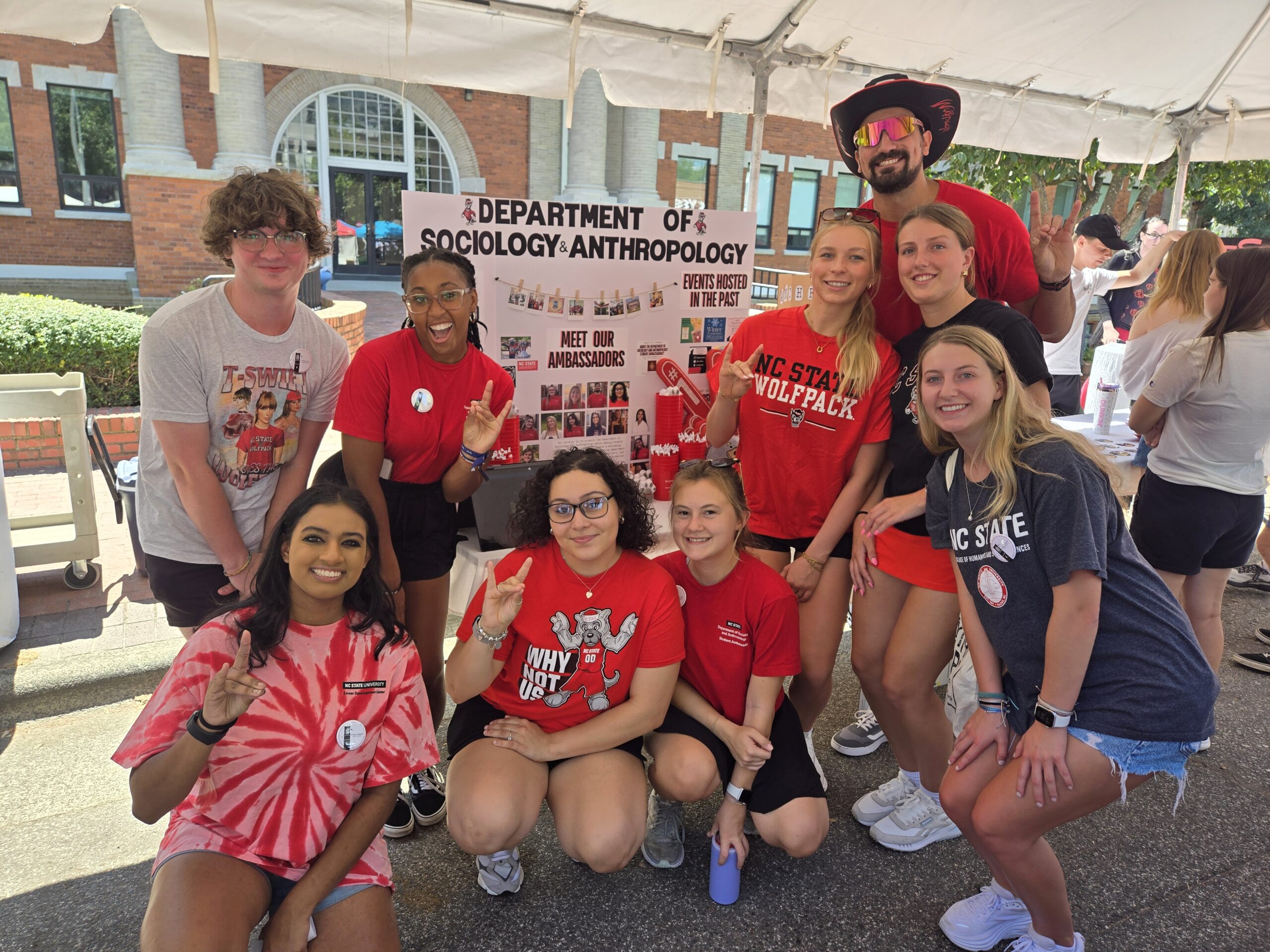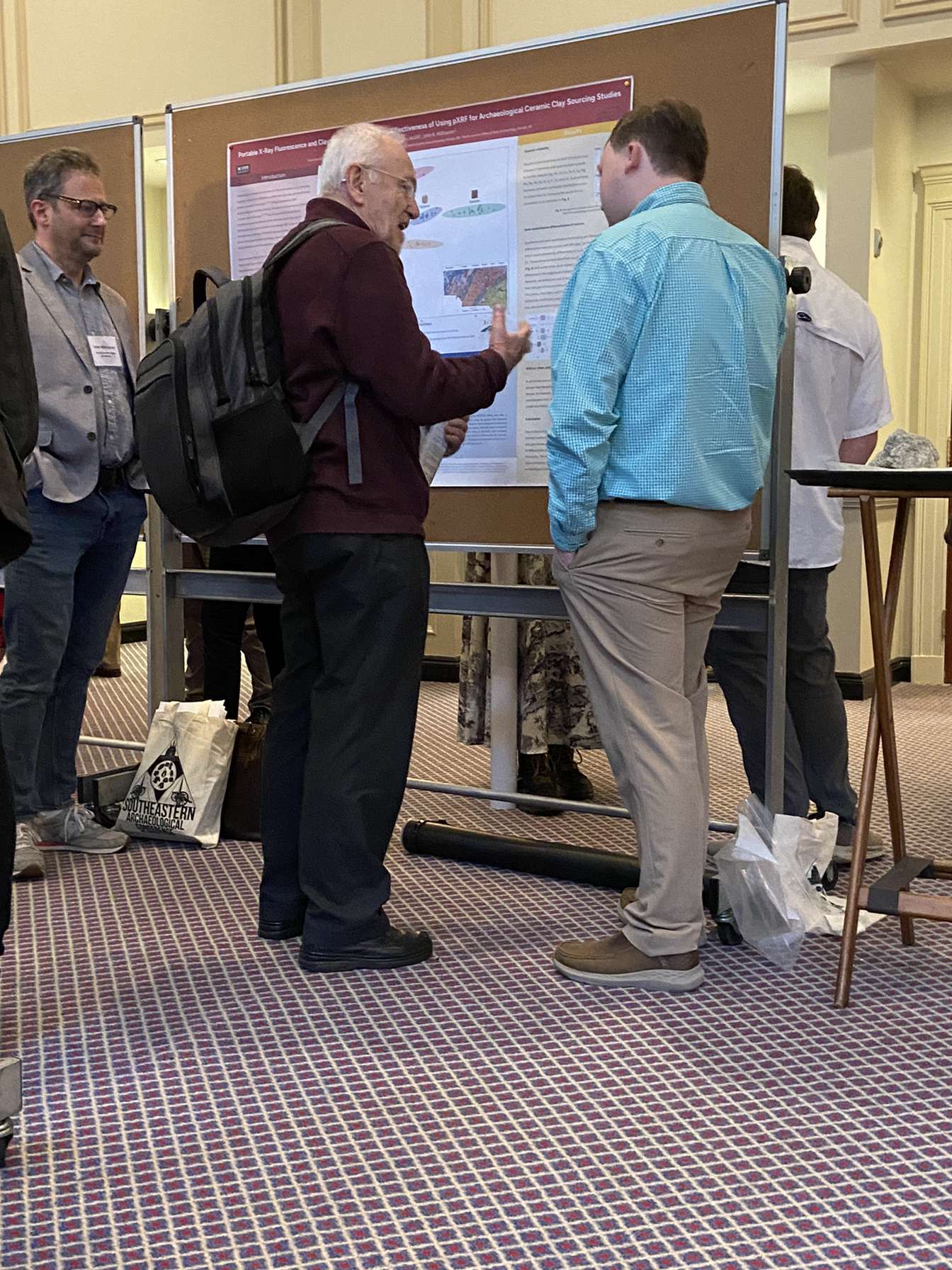Tracking Your Online and Social Media Presence
Take a closer look at sociology professor Steve McDonald's cutting-edge research centered around human resources professionals.

This month I got the chance to speak with Professor of Sociology and University Faculty Scholar, Dr. Steve McDonald. Dr. McDonald has conducted cutting-edge research centered around Human Resources professionals and how they track people’s online and social media presence. I was ecstatic to have the chance to speak with him since it is important that we begin to understand the complexities and pitfalls of cybervetting.
Cybervetting is when employers look at a candidate’s digital footprint before making a hiring decision. This can be done using an array of online resources such as Google, LinkedIn, as well as social media platforms. There is already a body of research that approaches the labor market from the job seeker’s perspective. Dr. McDonald expanded on how his research differentiates from that, stating, “The impetus of this research focuses on the demand side of this market, so the organizational actors and the type of information they are using to fill positions”.

The most recent research collected shows that 7 out of 10 organizations partake in cybervetting during the hiring process of prospective employees. Found within Dr. McDonald’s research, there are two main reasons as to why this method is used. The organizations believe they are “reducing the risks that are associated with making a bad hire” and ”maximizing the fit of the individual’s culture and its alignment with the organization’s culture”.
Although this may seem relatively simple, the research shows that there is a much deeper meaning behind the use of cybervetting by these organizational actors. This form of assessment begins to make judgments about individuals based on a “moral criteria”, which is often unrelated to how well they would perform in the job. This can create disparities between groups of people and lead to discriminatory practices. An example that repeatedly presented itself was the physical fitness of the individual and whether they participated in activities such as skiing, hiking, camping , and sports games. These activities are predominantly associated with masculinity and whiteness and are also more accessible to middle and upper class individuals. “Some human resource recruiters provided examples of positive online content that included signals of a heteronormative family lifestyle and Christian religious holiday observance”, says Dr. McDonald. The language used often implied a preference for traditional, normative values. Ultimately, basing employment off of this criteria can decrease diversity.
One of the most important aspects of this research is that it studied a wide variety of organizations.Upon analysis, there were some organizations that were more likely to partake in cybervetting. Public sectors and non-profits were more skeptical of the process, whereas third party recruiters, such as staffing agencies, were more likely to use it.
Dr. McDonald does suggest that you be aware of how your online presence may be interpreted by these organizations, but the problems that lay within cybervetting should not simply be combated through individual approach. “It’s a structural problem, it’s a problem that organizations need to handle. Do what you can at the individual level, but organizations need to take responsibility for the actions that they are engaging in and critically evaluate the effectiveness”.
This post was written by Justice Cass, a sociology major with an English minor and a Department of Sociology and Anthropology Student Ambassador.

- Categories:


